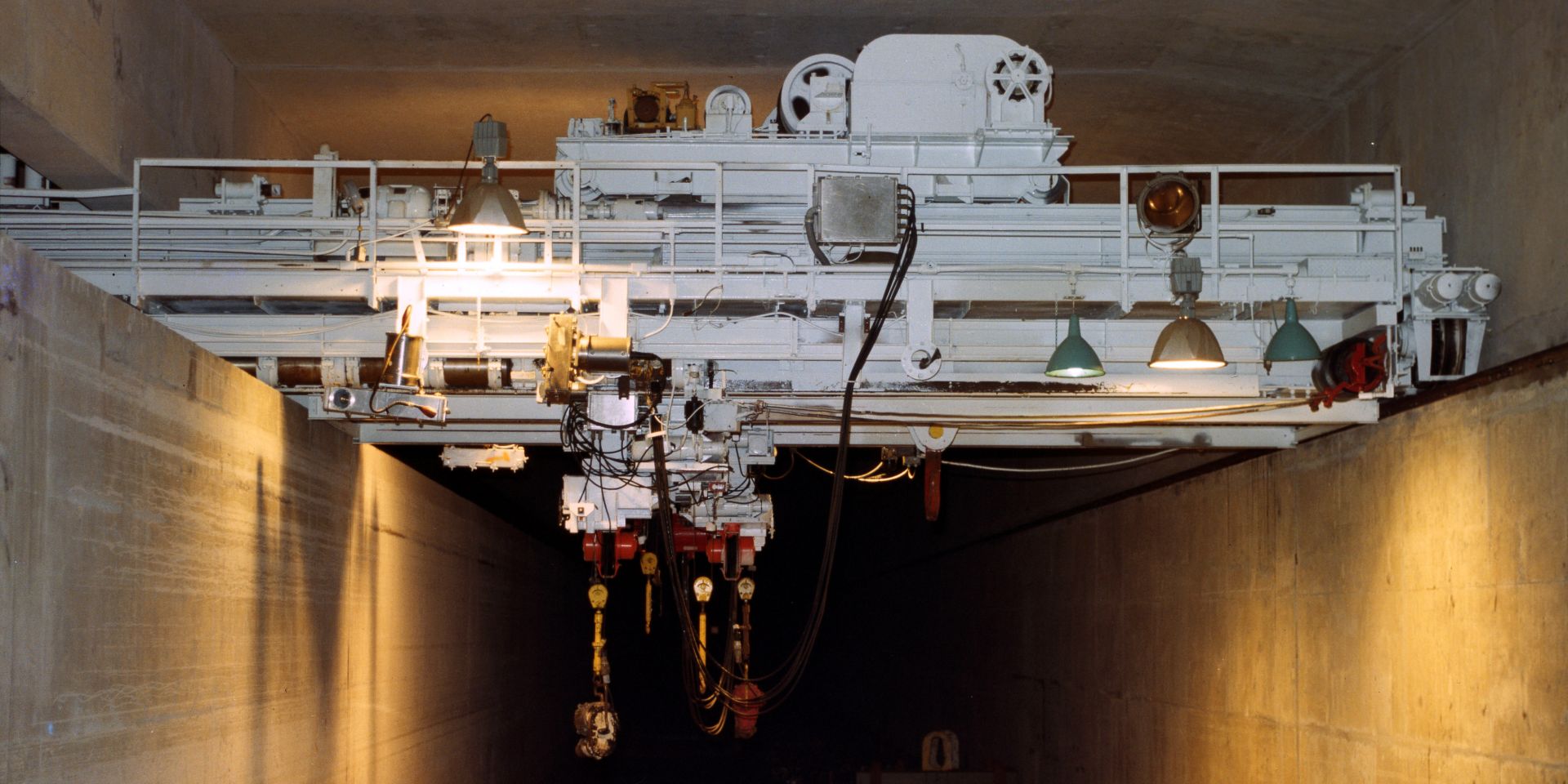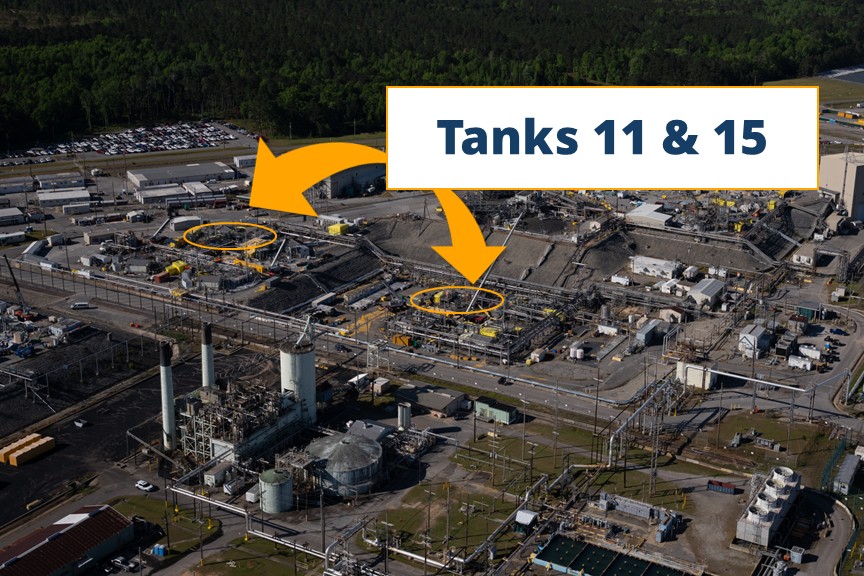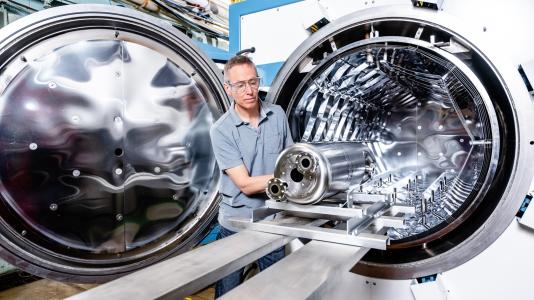SRS’s H Canyon replaces essential crane motor

Work crews at the Department of Energy’s Savannah River Site in South Carolina recently replaced a motor on a crane in the 70-year-old H Canyon Chemical Separations Facility. H Canyon is the only production-scale, radiologically shielded chemical separations plant in operation in the United States.







